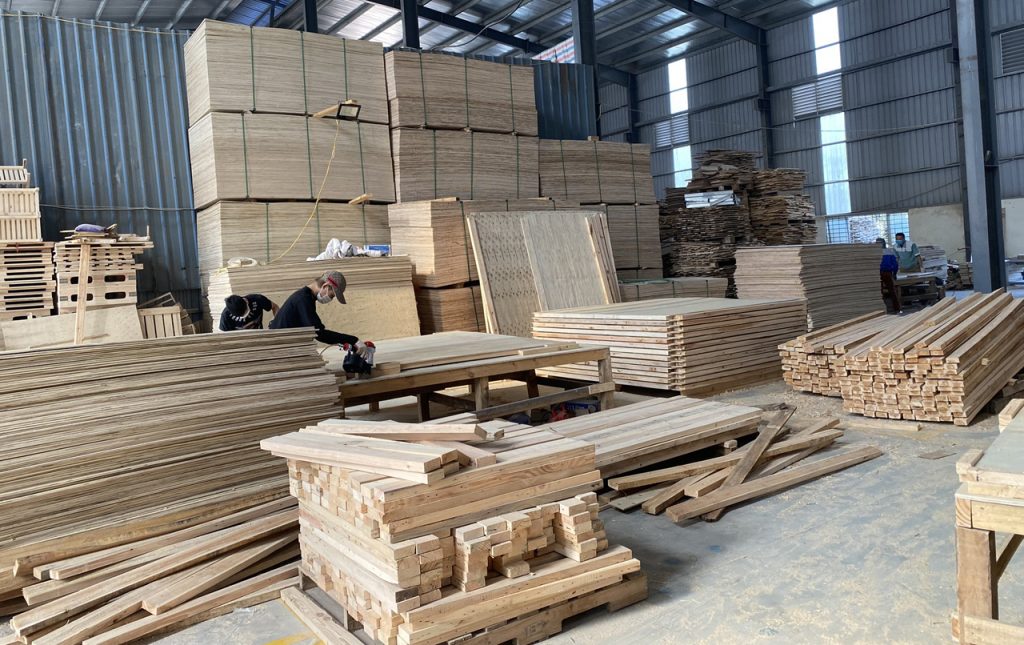Chưa phân loại
Plywood and Forest Management
Plywood, a versatile and widely used building material, is derived from wood. As such, its production is intrinsically linked to forest management practices. Ensuring sustainable forest management is crucial for the long-term viability of the plywood industry and the preservation of our natural resources.
- Responsible harvesting: Harvesting trees in a way that minimizes damage to the forest ecosystem and allows for regeneration.
- Reforestation: Planting new trees to replace those that have been harvested.
- Biodiversity conservation: Protecting plant and animal species within the forest.
- Soil protection: Maintaining soil health and preventing erosion.
- Water management: Protecting water resources and preventing pollution.

- Forest Stewardship Council (FSC): FSC is an international non-profit organization that promotes responsible forest management. Products carrying the FSC label come from forests that are managed in accordance with strict environmental, social, and economic standards.
- Programme for the Endorsement of Forest Certification (PEFC): PEFC is another global certification system that ensures sustainable forest management.
By purchasing plywood with FSC or PEFC certification, consumers can support responsible forest management and contribute to a more sustainable future.
Challenges and Opportunities
The plywood industry faces several challenges in ensuring sustainable forest management, including:
- Illegal logging: The illegal logging of trees contributes to deforestation and undermines efforts to promote sustainable practices.
- Demand for wood products: The growing global population and increasing urbanization have led to increased demand for wood products, putting pressure on forests.
- Climate change: Climate change is affecting forest ecosystems and creating new challenges for forest management.
However, the plywood industry also presents opportunities for innovation and sustainability:
- Developing new wood products: Research and development into alternative wood-based materials and technologies can reduce the pressure on natural forests.
- Improving production processes: Implementing energy-efficient and waste-reducing technologies can help minimize the environmental impact of plywood production.
- Collaborating with stakeholders: Working with governments, NGOs, and communities to promote sustainable forest management.
Conclusion
The relationship between plywood and forest management is complex and multifaceted. By choosing plywood products with FSC or PEFC certification, consumers can contribute to a more sustainable future. The plywood industry also has a responsibility to adopt sustainable practices and invest in research and development to minimize its environmental impact.







